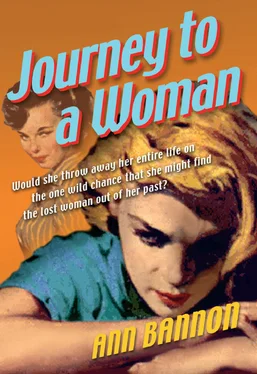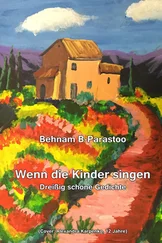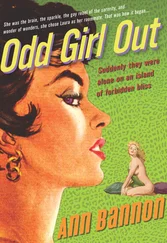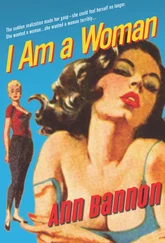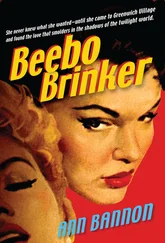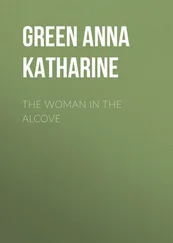Ann Bannon

www.spice-books.co.uk
Before you start reading, why not sign up?
Thank you for downloading this Mills & Boon book. If you want to hear about exclusive discounts, special offers and competitions, sign up to our email newsletter today!
SIGN ME UP!
Or simply visit
signup.millsandboon.co.uk
Mills & Boon emails are completely free to receive and you can unsubscribe at any time via the link in any email we send you.
Cover
Title Page Journey to a Woman Ann Bannon www.spice-books.co.uk
Introduction
I. Foreword/Forward
II. Personality Portraits
III. The Partying
IV. Afterword/Afterward
Chapter One
Chapter Two
Chapter Three
Chapter Four
Chapter Five
Chapter Six
Chapter Seven
Chapter Eight
Chapter Nine
Chapter Ten
Chapter Eleven
Chapter Twelve
Chapter Thirteen
Chapter Fourteen
Chapter Fifteen
Chapter Sixteen
Chapter Seventeen
Chapter Eighteen
Chapter Nineteen
Chapter Twenty
Chapter Twenty-One
Chapter Twenty-Two
Chapter Twenty-Three
Endpages
Copyright
Introduction
I. Foreword/Forward
When these stories of lesbian love were forged nearly half a century ago, I thought—I knew —that I was writing ephemeral literature for a casual audience. That was what was being asked of me, and what I tried to do. I had no fine ideas of recording the saga of a community, nor that these stories would come to have real sociological or historical value. Quite truly, I had no thought that I was preserving a slice of GLBT history that would help to form the perceptions of the era for succeeding generations. I thought I had been given the opportunity to write popular throwaway tales for an avid, if fleeting audience, and that was quite enough. I would write them the very best I could, understanding from the beginning that the first one would be forgotten even as the second was being written. I had not the slimmest sliver of recognition that what I was really given was the opportunity to speak for my generation of young gay and lesbian people.
It is interesting to speculate as to whether or not such knowledge would have destroyed these books. It would have made them more carefully crafted, but also immeasurably more cautious. It very likely would have made them self-conscious and defensive, as well. Instead, they are fully flawed and full of life. It’s a trade off, and on the whole, perhaps for the best. All I can say now to the wonderful young people who power our amazing community is, “Thank you for caring about these stories. Take what you can, learn what you can, and know that they flowed uncensored from the imagination of a girl in her twenties, sitting alone by a typewriter and dreaming up a life she wanted to share with you. Bless you for being there to read about it.”
When it was suggested to me that I write introductions to most of the new Cleis Press editions of my books, it sent me back to reread the original stories. It also propelled me back in time. It had been over twenty years, dating to the Naiad editions of the early 1980s, since I had immersed myself in them. And twenty-five years before that when the actual writing had been accomplished.
Perusing my novels again was a trip in a time machine, an exercise both embarrassing and exhilarating. How very young I was! How deep those feelings ran! And how startlingly sparse was my worldly knowledge. All of the books were completed and in print before I was thirty years old. And now in my sixties, I resisted going back to visit them again. But the rereading was essential. As George Santayana is supposed to have said, “How do I know what I think till I see what I said?”
As I reacquainted myself with my authorial life and times, several themes seemed to emerge and to run like threads through all of the books. There is not room to analyze all of them here, but one or two stand out. The first is the emotional development and personality portraits of the characters themselves; the sheer punch of the interior drama, that so fascinated me. I wanted to follow them and discover how the characters connected to one another, why they chose the partners they did. The other was the symbolic use of liquor and cigarettes as the banners of liberation. I’d like to look at these themes as they apply to Journey to a Woman .
II. Personality Portraits
Not everybody likes to travel, but almost everybody loves a journey of self-discovery, especially if it leads to the uplands of love. This book is an odyssey from sorrow to sunshine; from the drama and heartache of breakup to the astonishment of passion. If the preceding book, Women in the Shadows , was a story of breaking away from smothering relationships and claiming the right to define yourself (even if you got it wrong, be it said!), Journey to a Woman is more about achieving youthful maturity, coming to terms with who you really are. It’s about what happens to three strong, beautiful women when one of them—Beth—rediscovers her passion for another—Laura—only to fall headlong into the arms of the third—Beebo Brinker herself.
When I first started writing these books, I was a woman in love—not just with a few individuals, but with a whole community, the entire world full of wonderful women and endearing gay men. I idealized them all. I was in love with being in love with them. They could do no wrong in my eyes. But time went by. I listened, I watched and learned. I was also doing my own growing up and having to accept, book by book, that people aren’t perfect—fascinating and lovable but not flawless. I had to include myself in that “not-flawless” category, too.
People have asked if I am the Beth in these stories. I am reminded of the response Gustave Flaubert gave when he was asked the identity of Madame Bovary. “Madame Bovary,” he replied calmly, “is me. Madame Bovary, c’est moi .” The French have been scratching their heads and repeating the phrase ever since. But Flaubert had hit on something. For any writer, all of our various characters are “us” when we create them. I have always responded that Beth was based, physically and socially at least, on a former sorority roommate who inspired lust in many hearts, more than one of them womanly. That said, however, perhaps it is fair to allow that there is a lot of me in Beth, and a lot of her problems are the ones I was wrestling with in my twenties, especially the awkward relationships, skewed by chaotic, unsorted emotions. Beth was a woman who needed women, heart and soul, and didn’t know how to give herself permission to reach out to them. We differed most in two ways: she spoke out to her husband about her fears and misgivings while I swallowed mine. And she was dubious about her feelings for her children while I was passionately attached to mine.
So Beth was vulnerable when the lovely but dangerous and fatally wounded Vega crossed her path. We have all had the experience she had: a first breathtaking glimpse of a bewitchingly beautiful human being, and perhaps even the pleasant shock of seeing a responsive spark in that person’s eyes. But after you bring them home you find something scary under the irreproachable veneer. They are hurt and want to hurt someone back; they need you to fix them, while you need them for love. They don’t have it to give, and you can’t supply the fix. It’s a match made in purgatory. What to do? This is where you learn fast how rocky saying goodbye can be.
Читать дальше
